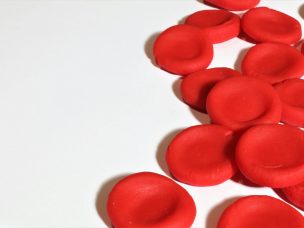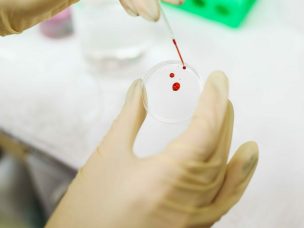After years of hydroxyurea treatment for pediatric patients with sickle cell disease, nearly 30% of children experienced a significant decrease in fetal hemoglobin levels, resulting in an increase in clinical complictions.
By stimulating the expression of fetal hemoglobin (HbF), hydroxyurea helps patients with sickle cell disease (SCD). Improved clinical outcomes are correlated with higher HbF levels. The long-term response to the medication, however, varies significantly. The effects of hydroxyurea treatment on the quantitative alterations in hematopoietic stem and progenitor cells (HSPCs) are still poorly understood.
This study aimed to identify the HSPC profiles linked to hydroxyurea response and ascertain the incidence and clinical significance of decreasing hydroxyurea response in pediatric SCD patients. The study was presented as a poster at the 65th American Society of Hematology Annual Meeting & Exposition.
Study Design and Characteristics
Data from 760 pediatric SCD patients at Texas Children’s Hematology Center were retrospectively analyzed (2010–2021). Patients with more than 5 years of hydroxyurea use were chosen. They were classified as sustained response (HbF >20%) or decreased response (HbF <10%) based on each patient’s unique HbF response. The hydroxyurea treatment and clinical data were gathered.
Levels of Fetal Hemoglobin in Children With Sickle Cell Disease
The analysis included 208 children with HbSS or HbSβ0-thalassemia; 148 (71%) showed a sustained response to hydroxyurea, and 60 (29%) showed a decreased response. The hydroxyurea sustained response group subjects had stable values of HbF >20%. In comparison, subjects with a decreased response had a median initial hydroxyurea-induced HbF of 23.9%, which decreased to 9.8% over time (p<0.001). When adjusted for age, these differences persisted.
Adverse Events During the Treatment
Patients with a decreased response to hydroxyurea were found to have a significantly higher incidence of clinical complications than those with a sustained response, such as the number of emergency visits (153.3 vs. 120.3 events per 100 patient-years), transfusions (37.4 vs. 11.9), and hospitalizations related to SCD (57.7 vs. 42.0). Vaso-occlusive events requiring admission (27.7 vs. 21.1 events per 100 patient-years), acute chest syndrome (13 vs. 9.9), splenic sequestration (6.4 vs. 3.5), and surgical procedures (7.47 vs. 3.02) were the causes of hospitalizations related to SCD.
Proportions of Hematopoietic Cells
From 40 patient peripheral blood mononuclear cell samples (20 with sustained response, 20 with decreased response), differences emerged: sustained responders showed increased levels of multipotent cells (51.75% vs. 43%), CD49F++ HSCs (20.5% vs. 13.55%), and CD235a+/CD71+ (11.55% vs. 4.54%) cells. Conversely, decreased responders exhibited increases in percentages of committed megakaryocyte erythroid progenitors and unipotent hematopoietic progenitors (38.55% vs. 52.9%).
Source
Luisanna, S. V. (2023, December 9). Clinical and Hematopoietic Profiles Associated with Sustained Hydroxyurea Response for Patients with Sickle Cell Disease. https://ash.confex.com/ash/2023/webprogram/Paper187335.html










